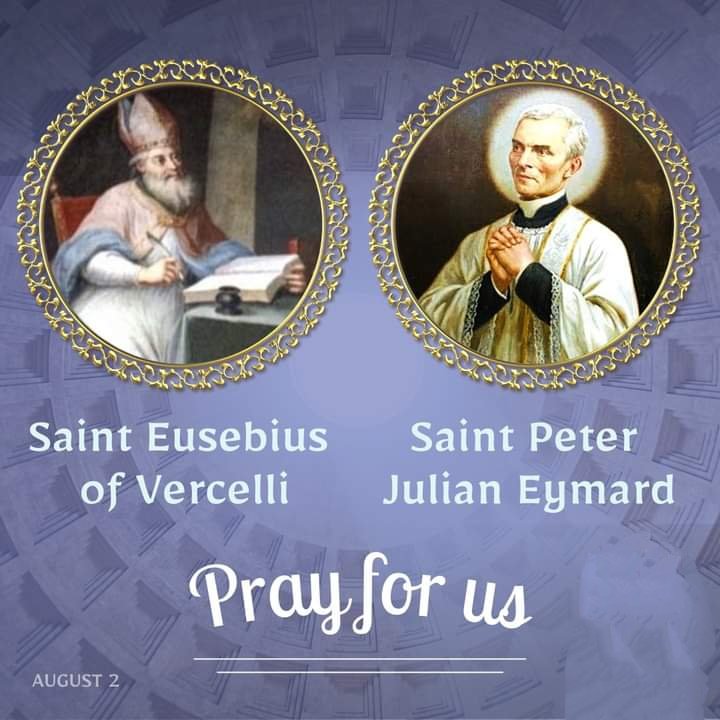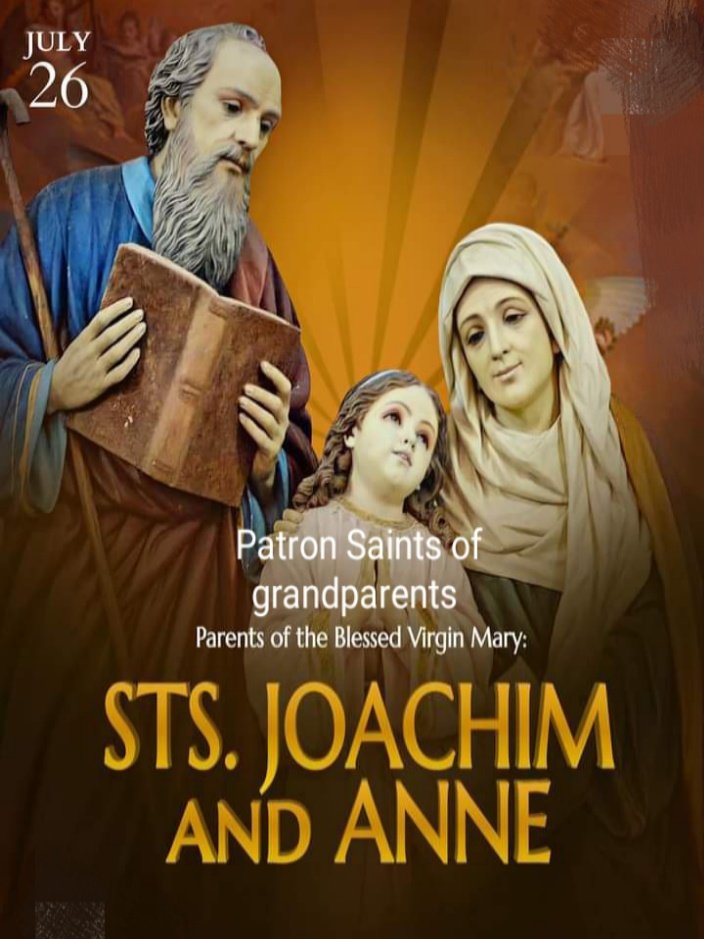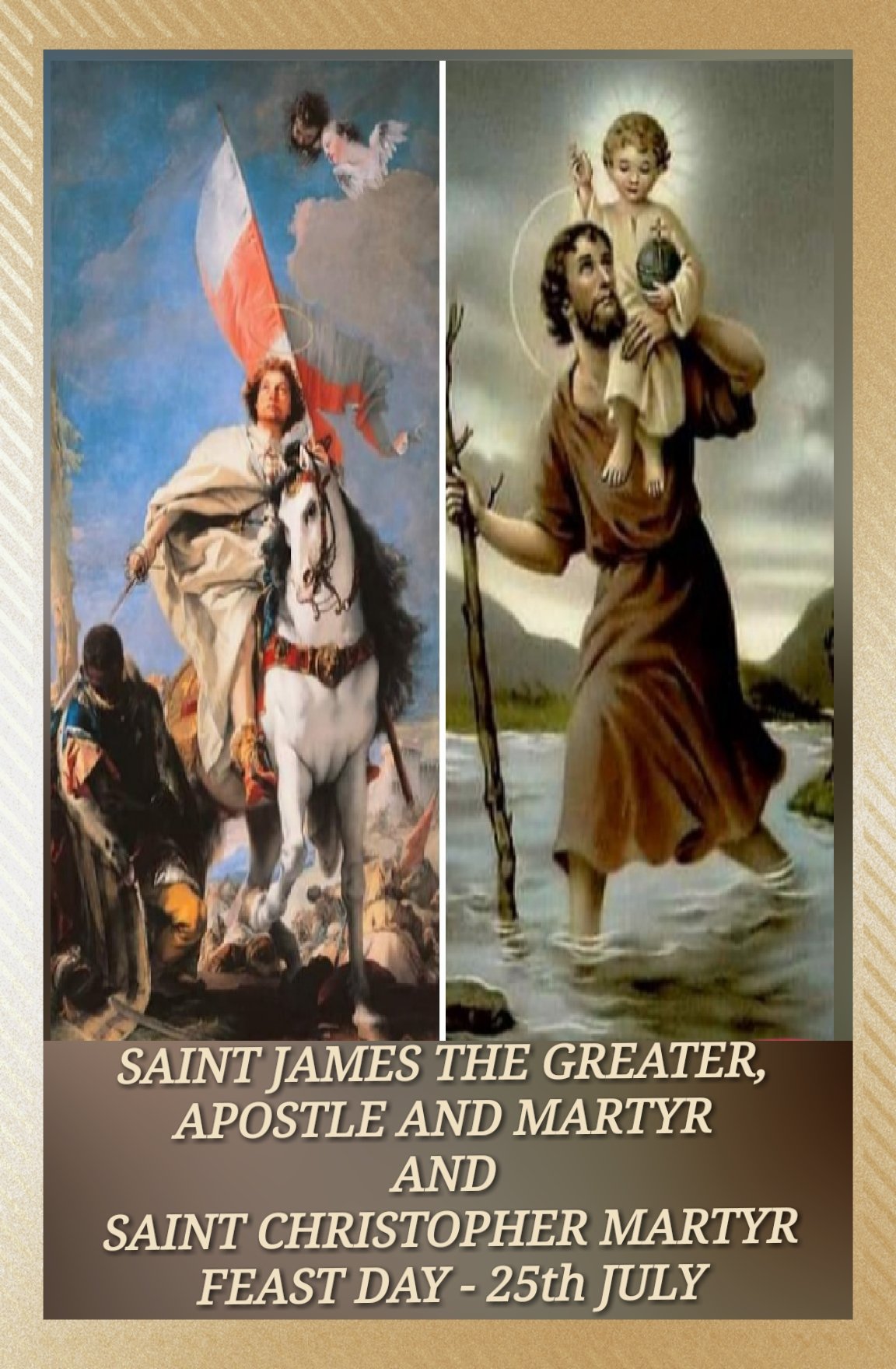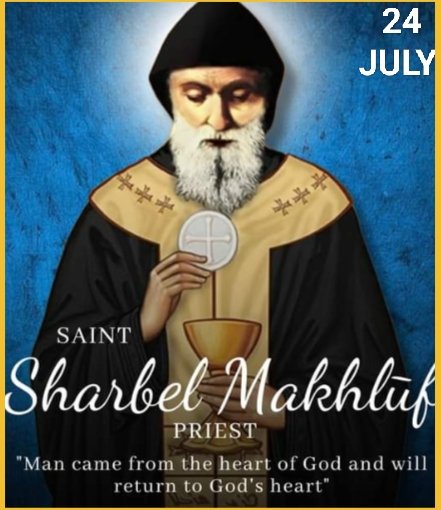
MONTHLY DEVOTIONAL FOR 1st AUGUST
August 1, 2023
Ephesians 4:2
August 2, 2023FEAST OF SAINT EUSEBIUS, BISHOP OF VERCELLI AND SAINT PETER JULIAN EYMARD, PRIEST – 2nd AUGUST
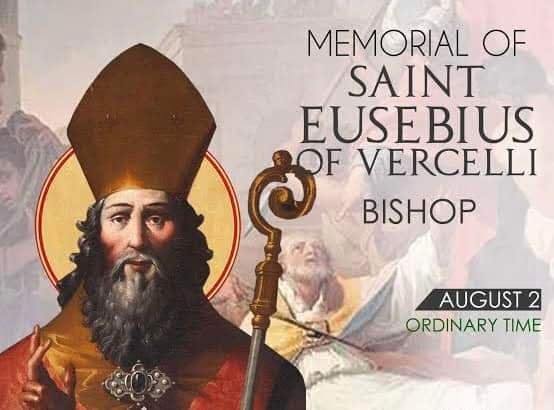
FEAST OF SAINT EUSEBIUS, BISHOP OF VERCELLI
FEAST DAY – 2nd AUGUST
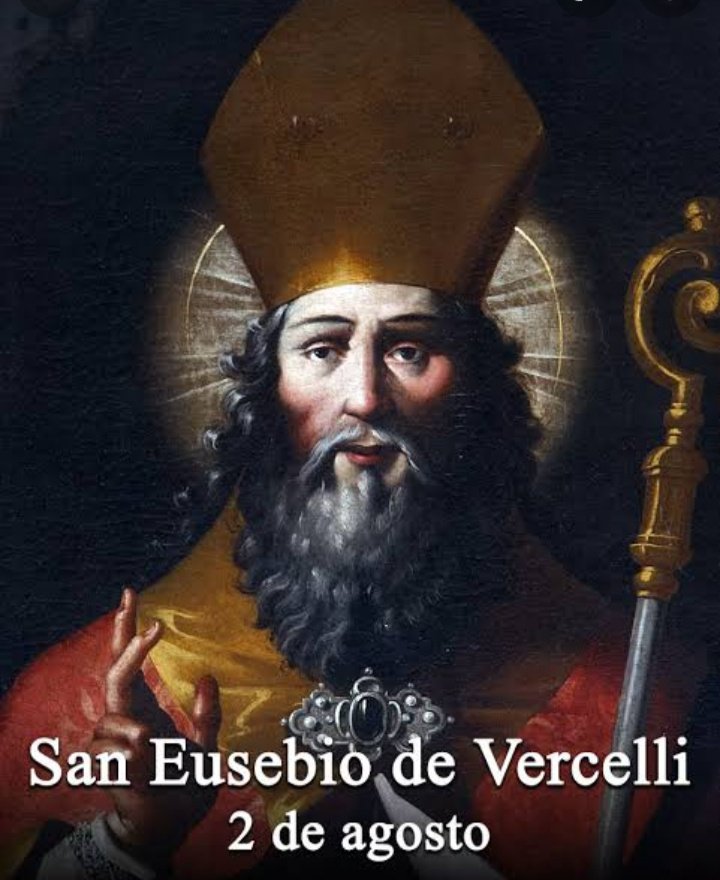
Eusebius of Vercelli (c. 283 – Vercelli , 1 August 371 ) was the first bishop of the ancient diocese of Vercelli and was one of the main exponents of the fight against the spread of the Arian heresy, is venerated as a saint by the Catholic Church. According to tradition, he moved with his mother and younger sister to Rome after the martyrdom of his father.
In “Urbe” he was first “reader” and then ordained priest by Pope Mark and consecrated bishop by Pope Julius I on December 15, 345 . However, there is no news of his episcopate prior to 354 when, in a letter from Bishop Ambrose of Milan, he is praised for having imposed a common life on the clergy of his diocese, as for the monks, according to the model of the Eastern Churches. For this reason, he is also honored as the co-founder of his order by Canons Regular of Saint Augustine.
He devoted himself with great commitment to the evangelization of rural and largely pagan areas. He founded a priestly society inspired by the monastic model from which important bishops and saints emerged. Eusebius defended the thesis of the “full divinity of Jesus Christ” against the Arian policy of Emperor Constantius II, for whom the Arian faith was politically more interesting. This attitude cost him exile and exile first to Scythopolis, Palestine, then to Cappadocia and Thebaid, Egypt .
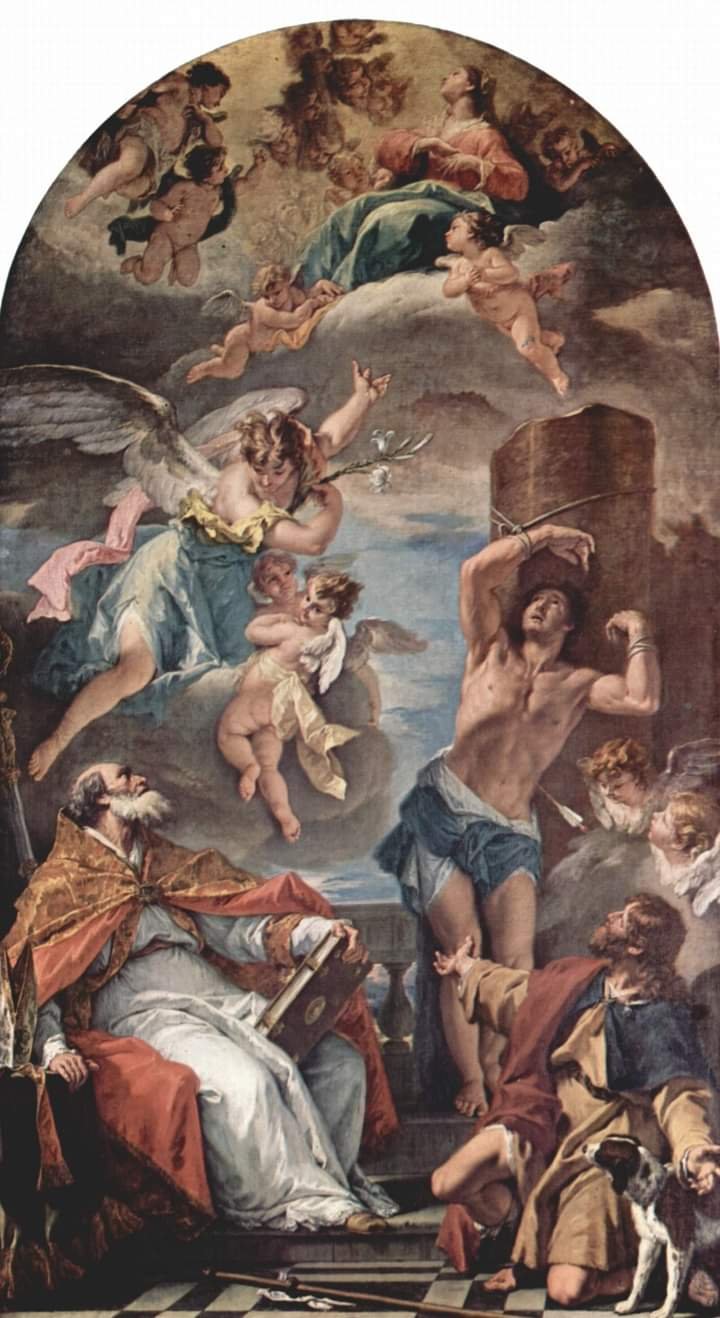
This was a difficult time for the Church. Constantius seemed to have long forgotten the era of tolerance and peace initiated by his father Constantine with the Edict of Milan. Ariansnus, condemned at the Council of Nicaea ( 325 ), without the support of the Emperor, had disappeared but, at the Synod of Arles ( 353 ), he would again triumph in his concepts. Pope Liberius had refused, however, to adopt a peaceful way to resolve the vexing problem.
Pope Liberius then sent him along with Lucifer, Bishop of Cagliari (early 354 ), on a mission to Emperor Constantius II to request the convening of a council to end the dispute between the Arians (supported by the Emperor himself) and the followers of orthodoxy. Constantius yielded to the appeal and the council was convened at Milan in 355.
There were two basic problems: the recognition of the creed adopted at Nicaea and the defense of Athanasius of Alexandria. However, the Aryan group formed and directed by Valente de Mursa and Ursácio de Singiduno managed to get the council to adopt its pre-established criteria. As the Arian bishops were in the majority, Eusebius refused to sign the decrees of the council.
He and other resisters such as Osio of Cordoba and Lucifer of Cagliari, were banned. Eusebius was confined at Scythopolis in Palestine (Bethel St.), under the supervision of the Arian bishop Patrophilus of Scythopolis. In spite of everything, he always maintained an epistolary correspondence with the community of his faithful and in his letters he asks them to “greet those who are outside the Church and who deign to nourish feelings of love for us”.
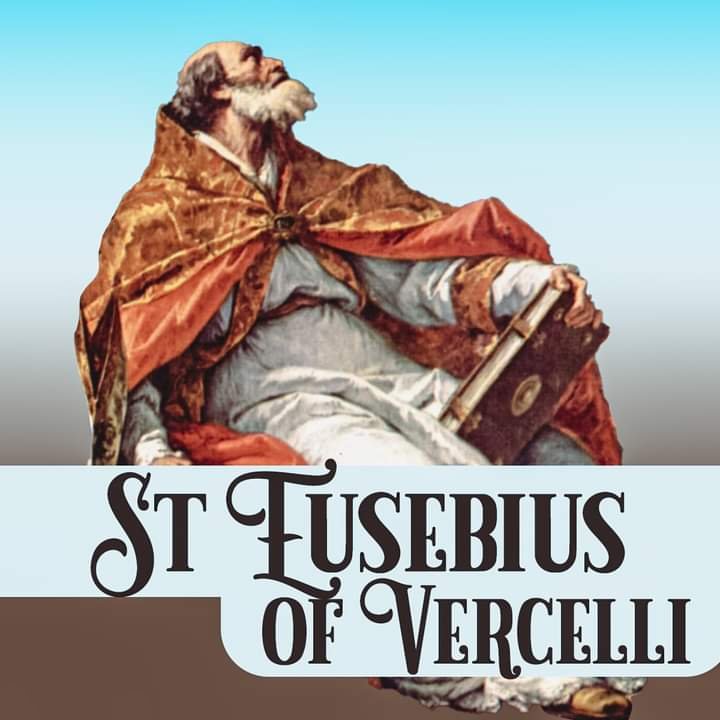
His relationship with his diocese was not limited to Christians but extended to all who in some way recognized his spiritual authority or respected him as an exemplary man. In his correspondence he pathetically recounts to the faithful the injuries, violence and abuse with which he was treated. He was later transferred to Cappadocia and Upper Thebaid, Egypt, where he could better understand the soul of the East and its ways of life.
In late 361 , with the death of Constantius II and the accession of Julian the Apostate, the exiles were able to return to the place where they had previously lived. Eusebio returned to his diocese. In the following year 362, he assisted in the Council of Alexandria, convened by Athanasius, who decided to pardon Arian bishops who return to the lay state.
Then, named after the diocese, Eusebius set out on a visitation to Palestine and Syria to report on the decisions of the Council of 362 , enact its decisions, and restore the faith. In the year 363 he returned to Vercelli. He educated the clergy of his diocese with the observance of monastic rules, although they lived in the middle of the city, because “the bishop and the clergy must share the problems of the citizens.
With a credible attitude, cultivating at the same time a diverse citizenship, the trust of the citizens was won. In the years that followed, at the head of the episcopate, together with Hilary of Poitiers , he faced the semi- Arianism (the Homoianian doctrine ) of Auxentius of Milan , bishop of Mediolanus who defended the Christological formula of Valente de Mursa and Ursace of Singidunus, in which the ” … Son was similar to the Father, either “in all things” or “according to the scriptures.”

Formula also defended by the Acacians , by the prelates Demophilus of Constantinople , bishop of Berea and Constantinople ( 370 – 380 ) Germinius of Sirmium , Acacius of Caesarea , bishop of Caesarea ( 340 ) – 366 ), and accepted by Ósio of Cordoba and Aetius , patriarch of Antioch . The struggle against Arianism filled his whole life, but it did not prevent him from also being a great promoter of monasticism in the West.
He himself lived as a member of his community of priests. The Catholic Encyclopedia states the following: Three short letters from Eusebius were published in Pat. Lat de Migne. Jerome , in his De Viris Illustribus attributes to him a Latin translation of the commentaries on the psalms , originally written in Greek by Eusebius of Caesarea , a work that has been lost.
The Codex Vercellensis , preserved in Vercelli Cathedral, is considered to be the oldest manuscript of the gospels in Old Latin(“Codex A”) and is believed to have been written by Eusebius. It was published by Irico (Milan 1748) and Bianchini (Rome 1749), it was reprinted by Migne. [ 12 ] Finally, a new edition was published by Belsheim (Christiania 1894).
Of the three letters, recognized as authentic, are: the first to Emperor Constantius, announcing the receipt of the notification of the Synod and announcing that he is going to Milan, the other, already mentioned, is addressed to the presbyters and people of Italy. ; attached hereto is the Exemplar libelli facti ad Patrophilum . The third to Gregory of Elvira . It appears that information received from this led to his misjudgment of Hosius ‘ conduct.
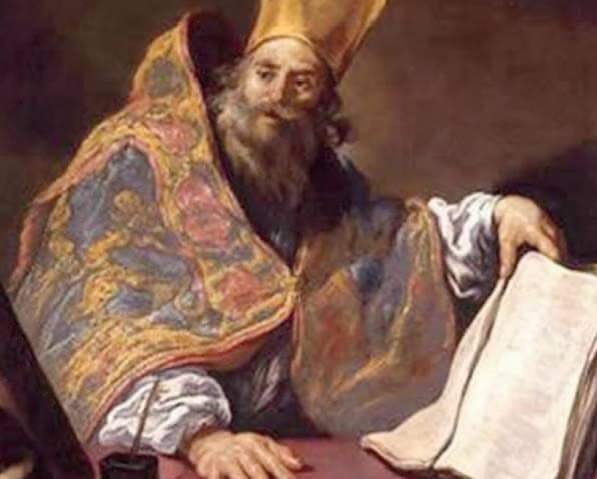
He is also credited with the manuscript of the Gospels (s. IV), which is preserved in the cathedral of Vercelli, of six and a Latin translation of the Commentary on the Psalms by Eusebius of Caesarea . Likewise, although no solid foundation, the Quicumque Symbol or Creed of Athanasius where it is stated that Jesus “descended into hell” also attributed to Vincent de Lérins , Hilary of Poitiers and others; an extensive confession of faith;
The Twelve Books Of Trinitate, which took place under the name of Saint Athanasius and which JP Migne attributes to Vigilio Thapse . M. Simonetti, contrary to the Bulhart VP Schepens hypothesis, denies that this work predates Augustine of Hippo. Eusebius died in the first days of August, 371.
PRAYER
Saint Eusebius, you suffered for the truth, not just spiritually but physically. You endured exile from family, friends, and church rather than capitulate to false teachings. May your example inspire, and your intercession empower, all pastors and teachers to equal bravery. Amen
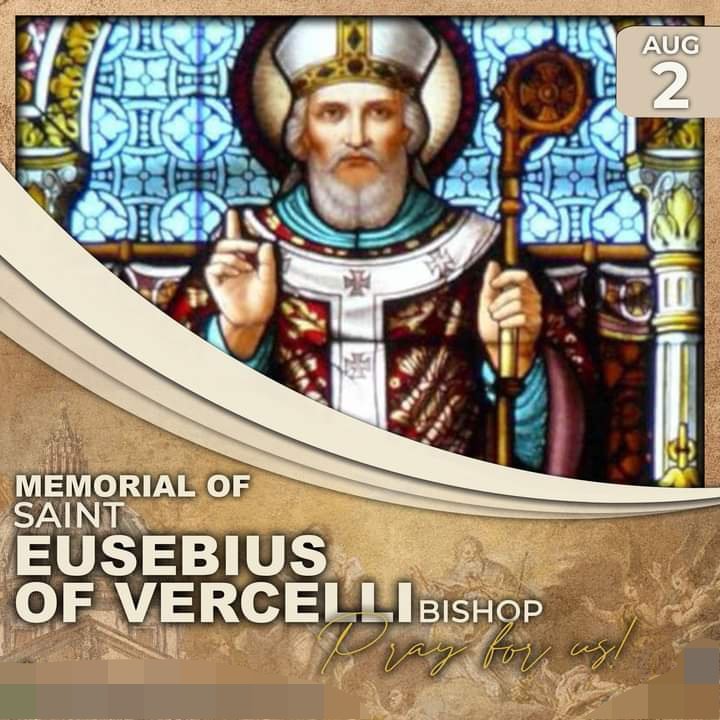
(source of prayer: mycatholiclife.com)

++++++++++++++++++++++++++++++++++
ALSO CELEBRATED
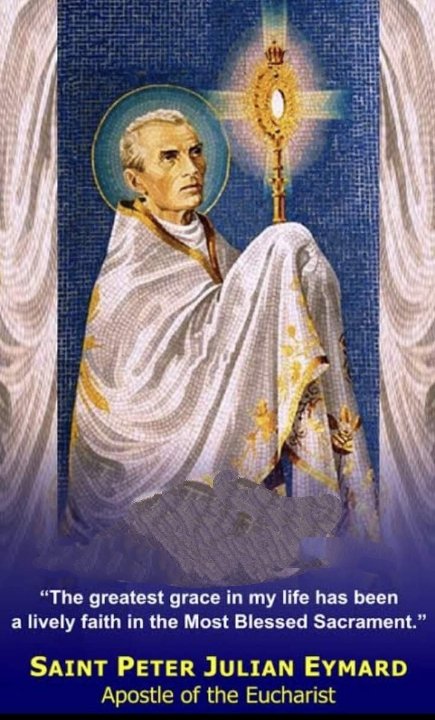
FEAST OF SAINT PETER JULIAN EYMARD, PRIEST—OPTIONAL MEMORIAL

Peter Julian Eymard (1811–1868) was born to devout parents and was the youngest of ten children, eight of whom died in infancy. His mother, especially devout, taught him the faith well. From an early age, Peter developed a profound devotion to the Blessed Mother and the Eucharist. His devotion to the Blessed Mother was intensified as a child when he made a pilgrimage to the Marian shrine of Our Lady of Laus, where the Blessed Mother had appeared to a young shepherd girl a century earlier. Peter’s love for the Eucharist also began at a young age. One story relates that, at the age of five, Peter was missing from home.
He was found in the local church standing next to the tabernacle. When his sister asked what he was doing, he reportedly said, “I am near Jesus and I am listening to him!” Another story relates that before Peter received his First Holy Communion, he would eagerly await his sister’s return from Holy Communion and would place his head on her heart and say, “I can feel His presence!” Finally, when he received his First Holy Communion at the age of twelve, he promised Jesus he would become a priest. His love for our Eucharistic Lord was so intense that he could consider nothing else.
In his teenage years, Peter asked his father to allow him to become a priest, but his father initially refused. His father, an artisan who made cutlery, wanted Peter to work in the family business, especially since Peter was his only surviving son. As a result, Peter studied Latin in private to prepare himself for eventual theological studies. In 1827, when Peter was seventeen years old, his father finally consented.

Peter began to study under a hospice chaplain near Grenoble, about twenty miles from his home. The following year, his mother died and Peter returned home, partly due to his mother’s death, partly to help his father, and partly because the priest-chaplain did not teach him Latin as promised.
In 1829, at the age of nineteen, Peter moved about 150 miles south to Marseille, France, where he entered the Oblates of Mary Immaculate. Five months later, Peter became seriously ill and had to return home again. In 1831, Peter’s father died. Peter left the family business, traveled back to Grenoble, and was reluctantly admitted to the diocesan seminary. Though he was a bit behind in his education, his zeal got him through and he was ordained a diocesan priest on July 20, 1834, at the age of twenty-three.
As a newly ordained priest, Father Peter suffered from some health problems, but was eventually able to serve as a parish priest in the countryside. In 1839, after sensing a call to religious life, he joined the Society of Mary (Marist Fathers) and a year later was assigned to the Marist College of Belley where he fulfilled the duties of preaching, religious instruction, administration of the sacraments, and acted as a liaison with pupils and parents. After four years, Father Peter was appointed Provincial of the Society of Mary and made Visitor-General.
He traveled to various Marist houses to inspect their health and fidelity to the Marist mission. At the age of thirty-eight, during a visit to Paris in 1849, Father Peter came in contact with a group called the Association of Nocturnal Adorers, whose mission was to practice and promote perpetual adoration of Christ in the Eucharist. This was a life-changing experience for him and the beginning of the rest of his life’s work. After some missteps, perhaps due to excess zeal, Father Peter was demoted from his position within the Marists and sent to the Marist College at La Seyne-Sur-Mer, where he served from 1851–1855.

This was a period of prayerful discernment for him, and the desire began to grow within him to found an order dedicated to the Blessed Sacrament. In 1856, despite initial strong resistance from his Marist superior, Father Peter received permission to leave the Marists and found the Congregation of the Blessed Sacrament, a new congregation dedicated to Eucharistic adoration and the fostering of this devotion.
Upon leaving the Marists, Father Peter was joined by another priest named Father Raymond de Cuers. They traveled to Paris where they sought the approval of the Archbishop of Paris. After a twelve-day hearing, conducted by the archbishop and two other bishops, the three unanimously offered their support, agreeing that his mission was the will of God. They encouraged Peter and his order not only to promote Eucharistic adoration but also to catechize adults and prepare them for Holy Communion.
Before the end of the year, despite being dirt poor, Father Peter and Father de Cuers had moved into a run-down house they rented from the archdiocese, began raising money to build a chapel that he called a “cenacle,” and welcomed two other priests and a novice as his congregation’s first members. The congregation’s purpose was the salvation of souls and fostering devotion to the Eucharist.
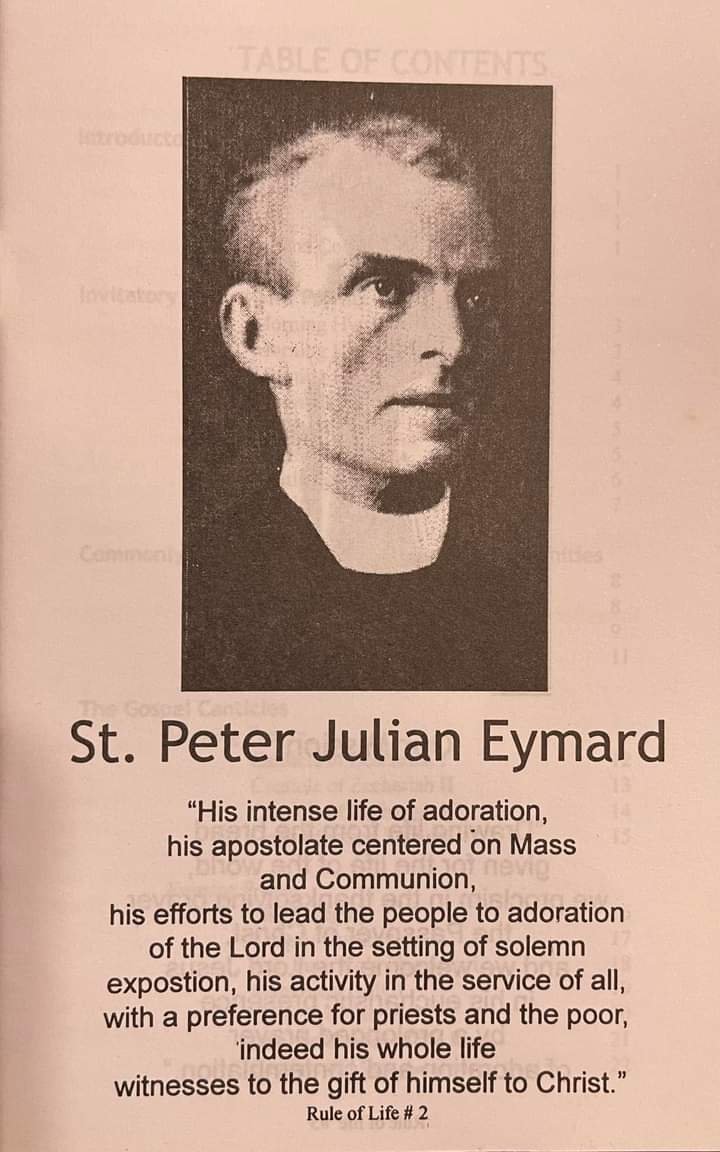
Their works were preaching, offering retreats, and preparing people for their First Holy Communion through catechesis. By the beginning of 1857, they opened their chapel for adoration three days a week, and a few people came. However, within a few months, Father Peter became ill, the two priests and novice left, the archdiocese wanted the rented property back, and Father de Cuers left but returned a day later.
Though the establishment of this new congregation proved to have many difficulties, Father Peter pressed on, moved to a new location, and began again. This time he and Father de Cuers added catechesis to their ministry, exposed the Blessed Sacrament, invited the poor and the sinner to repent, adored Jesus, and encouraged frequent reception of Holy Communion.
Over the next nine years until his death, Father Peter worked tirelessly on his God-given mission. As members joined, he opened up additional houses, began a contemplative branch of his order for women called the Servants of the Blessed Sacrament, started the Priests’ Eucharistic League, intended for diocesan clergy to help them grow in and spread a love for the Eucharist, and formed a lay organization to share their mission called the Archconfraternity of the Blessed Sacrament.
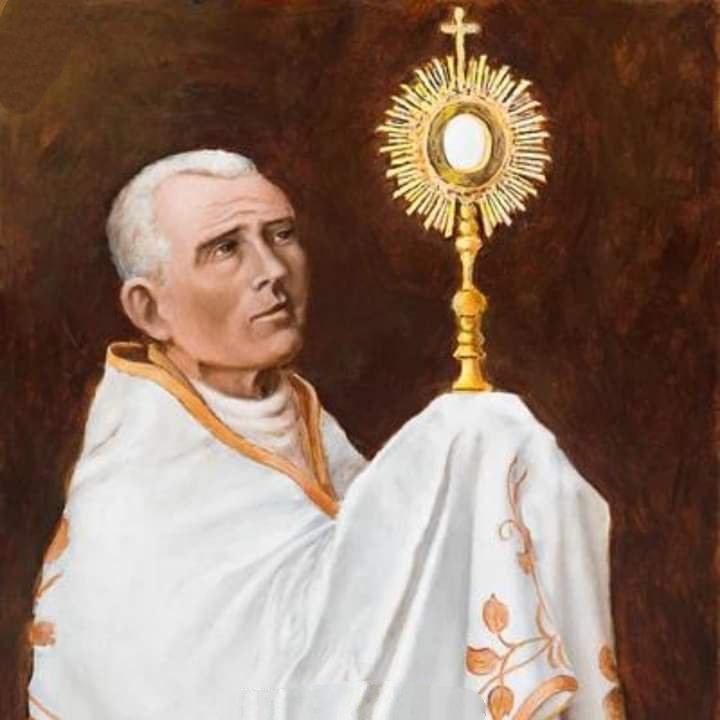
When Father Peter began his work, he sensed the need to make reparation through adoration for sins committed against our Lord. As time went on, his focus included reparation but also expanded to adoration purely for the love of God and as a means to make a gift of oneself to God. Father Peter died in 1868 and was canonized by Pope John XXIII in 1962.
As we honor this great saint, we ponder our own devotion to Christ in the Holy Eucharist. Saint Peter Eymard discovered the holiness of God, hidden behind the appearance of bread and wine. His devotion to adoration led him to catechesis about the Eucharist. He is invoked for an increase of devotion to the Holy Eucharist. We should allow him to inspire us to renew our own commitment to learning more about the Blessed Sacrament, so that we will more fully give ourselves to our Lord as a total gift of ourselves, out of love for God, reparation of sin, and the salvation of souls.

PRAYER
Saint Peter Julian Eymard, God inspired within you, from an early age, a deep and unwavering love for His divine presence in the Most Holy Eucharist. You responded to that inspiration and fulfilled God’s will by spreading devotion to the Holy Eucharist far and wide. Please pray for me, that I will more fully embark on a mission to understand God’s divine presence in the Eucharist so that I will make a continually deepening gift of myself to Him, in Jesus’ Name. Amen

Saint Peter Julian Eymard, pray for us.
Source: mycatholiclife
